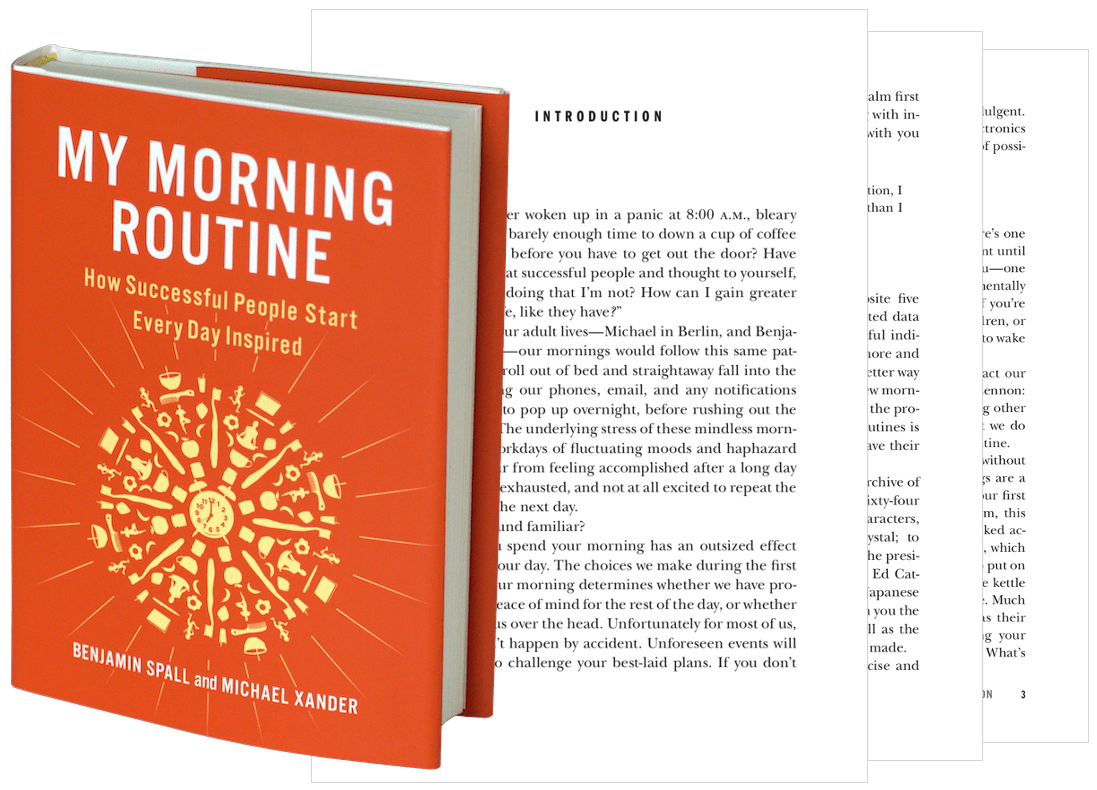How to Increase Your Circle of Influence

The concept of a Circle of Influence and Circle of Concern was first introduced by the late Stephen R. Covey in his classic 1989 book The 7 Habits of Highly Effective People.
In the book, Covey explained that we live our lives operating within two circles. The first, our Circle of Concern, consists of things that we care about, or that affect us in some way, but that we essentially have no control over. This can include anything from the debt ceiling, to melting sheet ice in the Arctic, to whether or not your employer is acquired by a larger rival.
Everything outside of your Circle of Concern you are essentially unconcerned about. Some of these things you may not care about either way, such as who wins Wimbledon this year if you have no interest in tennis, while other things you do have an opinion about, such as the morality behind whaling, but it’s not something you think about on a consistent basis, so it does not call into your Circle of Concern.
In contrast, your Circle of Influence consists of things we do have influence or control over, such as our personal financial health, our climate footprint, and whether or not we receive a promotion at work.
Focus on Your Circle of Influence
According to Covey, your Circle of Influence and Circle of Concern are not static; they can both grow or shrink at the other’s expense.
When you choose to focus on your Circle of Influence, the circle expands into your Circle of Concern, rewarding you with greater control over the things that matter the most to you. Conversely, when you choose to focus on your Circle of Concern, your Circle of Influence shrinks, as you are spending less time on things that you have influence over.
In Covey’s own words:
Proactive people focus their efforts in the Circle of Influence. They work on the things they can do something about. The nature of their energy is positive, enlarging and magnifying, causing their Circle of Influence to increase. Reactive people, on the other hand, focus their efforts in the Circle of Concern. They focus on the weakness of other people, the problems in the environment, and circumstances over which they have no control.
Here’s a video from FranklinCovey, Covey’s training company (the “Franklin” is named after Benjamin Franklin), on the Circle of Influence:
How to Grow Your Circle of Influence
The number one way to increase your Circle of Influence is by being proactive within this circle, and largely ignoring anything outside of it. To put this another way, focus on the things you can influence, control, or change, rather than the things you have no say over.
In Covey’s own words:
The problems we face fall in one of three areas: direct control (problems involving our own behavior); indirect control (problems involving other people’s behavior); or no control (problems we can do nothing about, such as our past or situational realities). The proactive approach puts the first step in the solution of all three kinds of problems within our present Circle of Influence.
Circle of Influence Example
You can do this by focusing on your priorities within your Circle of Influence. For example, if one of your priorities is to reduce your carbon footprint as you are worried about how climate change will change the face of the planet by 2030 and beyond, you could decide to travel by air less frequently (and when you do, to purchase carbon offsets), you could install solar panels on your property or move into an eco-friendly apartment building, and you could cut down on portion sizes at dinner to reduce food waste.
As you proactively make these changes within your Circle of Influence, people will notice. Maybe you mentioned these changes to a friend or colleague who—little did you know—is friends with the head of a major climate group. Or maybe you were writing about these changes on social media or a personal blog, and a climate activist with a large following reaches out asking how you can work together.
By proactively working within your Circle of Influence instead of reactively focusing on your Circle of Concern, you have expanded your Circle of Influence into your Circle of Concern, and you now have influence over areas in which you couldn’t have dreamed of before.
If you’re not sure what your priorities are, take some time to look through this core values list and notice which of the values jump out at you. Then, hold this list up against your Circle of Influence to see which areas line up.
Your Circle of Influence and Circle of Concern are not static; they can both grow or shrink at the other’s expense. Increase your Circle of Influence by being proactive in the areas that matter to you most.
If you’re interested in hearing more from me, be sure to subscribe to my free email newsletter, and if you enjoyed this article, please share it on social media, link to it from your website, or bookmark it so you can come back to it often. ∎




